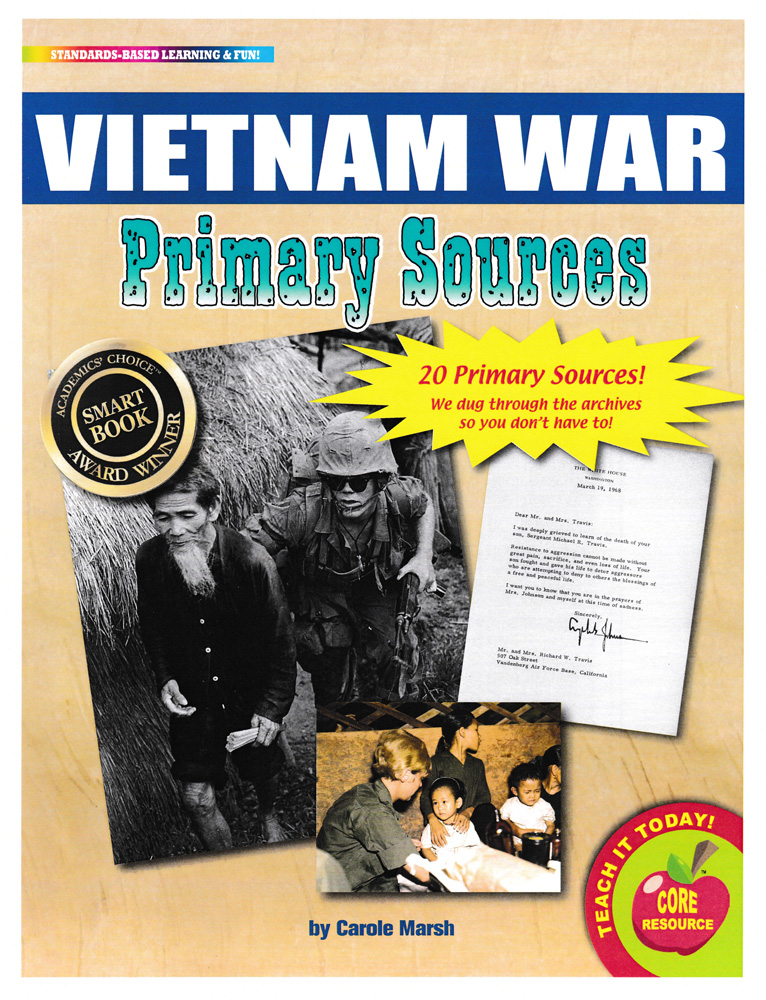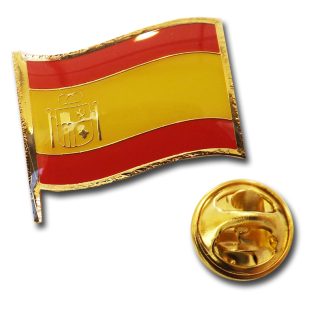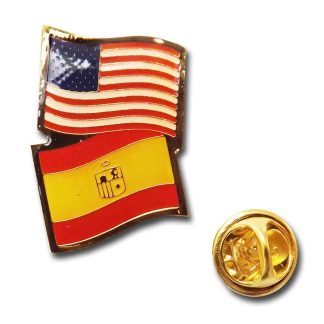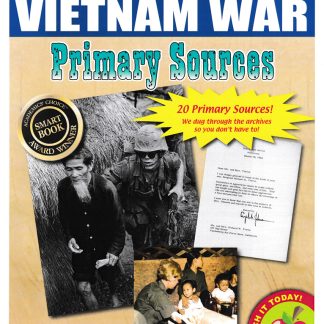Description
Vietnam War Primary Sources /emare just what teachers need to help students learn how to analyze primary sources in order to meet Common Core State Standards!Students participate in active learning by creating their own interpretations of history using historical documents. Students make observations, generate questions, organize information and ideas, think analytically, write persuasively or informatively, and cite evidence to support their opinions, hypotheses, and conclusions. Students learn how to integrate and evaluate information to deepen their understanding of historical events.The 20Vietnam War Primary Sources /emare: Photograph of President Kennedy’s news conference regarding the situation in Vietnam dash; 1961 Photograph of U.S. Marine with a Viet Cong suspect during a search and clear operation dash; 1965 Photograph of President Lyndon Johnson awarding the Distinguished Service Cross to First Lieutenant Marty A. Hammer in Vietnam dash; 1966 Photograph of Vietnamese refugees riding in a U.S. helicopter on the way to a safe place near Saigon dash; 1966 Photograph of U.S. Army helicopter airlifting soldiers to a new staging area dash; 1966 Photograph of Australian soldiers with Labrador dogs (named Justin and Cassius) used for locating Viet Cong fighters and enemy installations dash; 1967 Photograph of members of Navy Seal Team One in a Seal Team Assault Boat (STAB) on the Bassac River south of Saigon dash; 1967 Photograph of Air Force nurse treating a Vietnamese child during Operation MED CAP, where military doctors and nurses traveled to villages to treat sick people and teach sanitation practices dash; 1967 Photograph of protesters against the Vietnam War dash; 1967 Photograph of infantryman being lowered into a tunnel during a search and destroy mission–the Viet Cong had an extensive system of underground complexes dash; 1967 Photograph of soldiers decorating a small, live Christmas tree sent by a relative in the United States dash; 1968 Condolence letter from President Lyndon Johnson to parents of a soldier killed in Vietnam dash; 1968 Photograph of military staff carrying wounded serviceman arriving from Vietnam at Andrews Air Force Base in Maryland dash; 1968 Photograph of director of the Selective Service System turning the drum containing capsules of draft numbers at the annual draft lottery in Washington, D.C. dash; 1972 Photograph of Viet Cong soldiers carrying an injured American POW from the hospital tent to a place where prisoners were exchanged dash; 1972 Photographs depicting POW bracelet and POWs returning to America Map showing location of Hanoi prisons–created by ex-POW Mike McGrath dash; circa 1975 Photograph of visitors to the Vietnam Veterans Memorial Wall rubbing the name of a fallen soldier onto a piece of paper dash; 2003 Photograph of military rations during Vietnam War dash; photo taken 2013 in Fort Devens Museum in Massachusetts Photograph of U.S. Navy Ceremonial Guard folding the American flag over a casket bearing the remains of four men killed in the Vietnam War–during interment ceremony at Arlington National Cemetery dash; 2013Your students will: Think critically and analytically, interpret events, and question various perspectives of history. Participate in active learning by creating their own interpretations instead of memorizing facts and a writer’s interpretations. Integrate and evaluate information provided in diverse media formats to deepen their understanding of historical events. Create a more relevant and meaningful learning experience.span style=”color:#FF0000;”Download the Gallopade Free Online Teacher;#39;s Guide for Primary Sources PDF located in “Additional Info.”/spanAll levels. 8 x 11 inches each. Cardstock.





